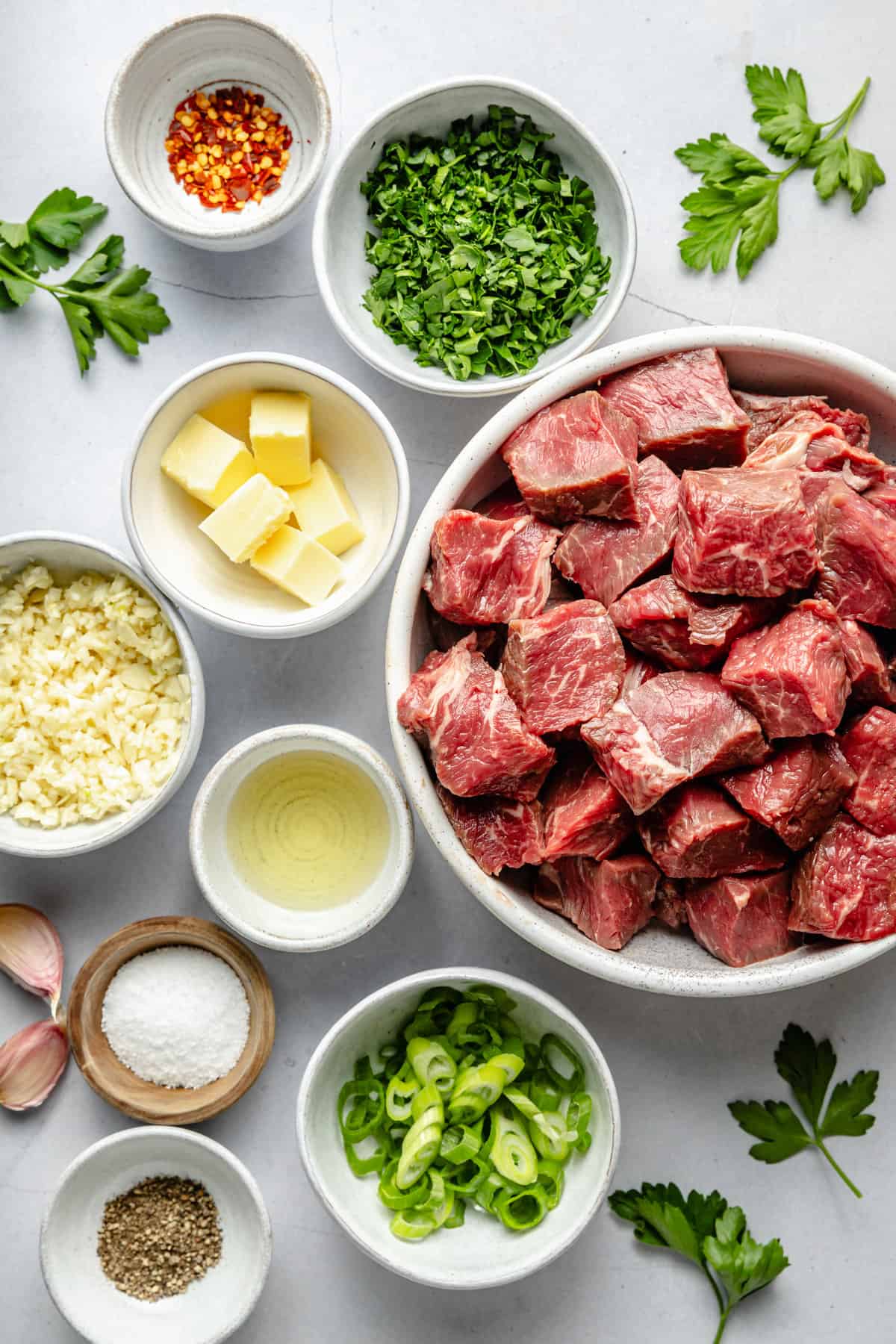Meat Top Quality Grades Explained: What You Required to Know
Meat Top Quality Grades Explained: What You Required to Know
Blog Article
From Ranch to Table: Fresh and Premium Meat Choices
The journey of meat from farm to table encapsulates a complicated interplay of quality, principles, and sustainability. This change not only boosts the nutritional profile of meat yet also supports neighborhood economies.
Understanding Meat Sourcing
As consumers come to be progressively conscious of the beginnings of their food, recognizing meat sourcing has acquired vital importance. Meat sourcing involves tracing the trip of meat from farm to table, incorporating various factors such as farming techniques, pet well-being, and ecological effect. This understanding equips customers to make informed choices that straighten with their worths, specifically regarding sustainability and honest considerations.
The sourcing of meat can vary dramatically based upon several standards, consisting of the kind of livestock, farming approaches, and geographical area. Grass-fed beef commonly comes from pasture-based systems that promote pet well-being and lower environmental destruction. On the other hand, conventional meat might entail extensive farming methods that elevate concerns regarding antibiotic usage and environment devastation.
Recognizing the certain ranch or region where the meat stems assists consumers make sure top quality and safety. Inevitably, understanding meat sourcing not just boosts customer selection however likewise fosters accountable intake and supports ethical farming practices.
Benefits of Fresh Meat
Selecting fresh meat supplies countless benefits that prolong past taste and texture. Fresh meat normally keeps higher nutritional value contrasted to its frozen or refined counterparts. It is often richer in vital vitamins and minerals, such as B vitamins, iron, and zinc, which are essential for maintaining general health and wellness.
Moreover, the sourcing of fresh meat frequently involves shorter supply chains, minimizing the time in between ranch and table. This implies that the meat is less likely to lose its nutritional integrity during transport and storage space. In addition, customers can experience enhanced taste and juiciness, which can boost cooking experiences.
Fresh meat likewise offers a possibility for consumers to sustain regional farmers and advertise lasting farming methods. When buying from neighborhood sources, individuals can add to their neighborhood economic situation and cultivate a higher link to the food they take in.
Finally, fresh meat is typically without the preservatives and ingredients generally located in processed alternatives. This makes it a cleaner, much healthier choice for those aiming to lessen their intake of artificial active ingredients. On the whole, the advantages of selecting fresh meat encompass wellness, preference, and a sense of neighborhood involvement.
Pet Welfare Criteria
Ensuring high animal well-being requirements is crucial for both moral considerations and the quality of meat products. The therapy of animals directly influences not only the moral implications of meat manufacturing yet also the total top quality and safety and security of completion items. Animals elevated in humane problems are much less stressed, bring about much healthier animals and, subsequently, exceptional meat quality.
Laws and useful link accreditations worrying animal well-being have come to be progressively substantial in the meat market. These structures make sure pets are supplied with adequate area, proper nourishment, and humane handling throughout their lives. Practices such as pasture-raised systems and free-range environments add to better animal well-being by enabling animals to show all-natural actions, which is crucial for their well-being.
Furthermore, consumers are becoming a lot more critical regarding the resources of their meat, causing an expanding demand for items that follow rigid pet well-being standards. This change not only promotes ethical farming practices but also encourages producers to adopt actions that enhance the health and wellness and well-being of their animals. Meat. Eventually, focusing on animal well-being is not just a moral imperative; it is also a pathway to creating premium-quality meat that fulfills consumer expectations

Lasting Farming Practices
Lasting farming practices play an important role in improving both animal welfare and the quality of meat products. By executing rotational grazing, farmers can advertise healthy field ecological communities, enabling pets to feed on nutrient-rich lawns while avoiding overgrazing.
Furthermore, sustainable farming usually includes incorporated bug administration and organic feed choices, minimizing the use of damaging chemicals. This strategy not only safeguards animal well-being yet likewise causes cleaner, more secure meat items for consumers. Water preservation strategies, such as rain harvesting and effective watering systems, even more add to sustainable techniques, making certain that sources are utilized carefully.
In addition, fostering biodiversity via polyculture systems and protecting environments for wild animals enhances the resilience of Read Full Article farming ecosystems. By prioritizing these lasting techniques, farmers can produce high-grade meat that meets customer demand while advertising environmental balance. Ultimately, accepting lasting farming techniques is necessary for creating an extra responsible and resilient food system that benefits pets, farmers, and consumers alike.
Finding Quality Over Quantity
Frequently, consumers are faced with the predicament of choosing in between amount and quality when it concerns meat products. While buying bigger quantities might appear economically beneficial, the long-term advantages of selecting check that high-grade meat much surpass the prompt cost savings. Quality meat is typically sourced from animals increased in lasting environments, where they are given correct nutrition and treatment, resulting in premium flavor and dietary value.
High-quality meats are generally devoid of damaging ingredients, hormonal agents, and anti-biotics that are commonly existing in mass-produced options (Meat). This not just ensures a healthier eating experience however also supports ethical farming methods that prioritize animal well-being. In addition, premium meats have a tendency to have a better structure and flavor, boosting the general culinary experience
Investing in high quality meat encourages customers to value smaller sections, permitting a more mindful method to consuming. This shift not just affects individual wellness positively but likewise advertises sustainable usage patterns that can benefit the atmosphere. To conclude, prioritizing high quality over amount when selecting meat products promotes a much more accountable and health-conscious lifestyle, eventually improving both the dining experience and the earth.
Final Thought

Report this page